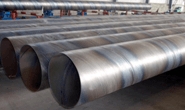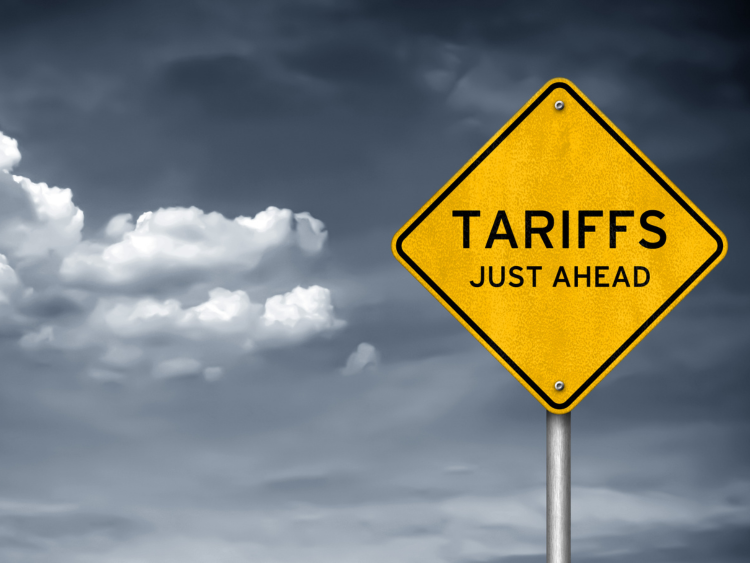Trade Cases

Line Pipe Producers Refute Challenges to Section 232 Tariffs
Written by Sandy Williams
June 12, 2018
Speaking in support of the Section 232 tariffs, the American Line Pipe Producers Association is challenging recent claims by U.S. pipeline developers that they are unable to source sufficient quantities of large-diameter line pipe in the United States.
The large-diameter welded pipe industry in the U.S. is operating at its lowest capacity in years—well under 40 percent—and, if given the opportunity, is “ready, able and eager” to supply pipeline operators, says ALPPA.
“U.S. producers can make virtually everything demanded for American pipeline projects, and they do so using domestic steel,” said Tim Brightbill, trade counsel to ALPPA. “Complaints by industry groups such as the Interstate National Gas Association of America (INGAA) and the Association of Oil Pipe Lines (AOPL) are completely unfounded. There is no reason why U.S. pipeline projects should not be using U.S.-manufactured large-diameter line pipe.”
A second allegation ALPPA refutes is that pipeline projects will be put on hold due to the high cost of Section 232 tariffs. Pipeline costs have been exaggerated, said ALPPA. Although tariffs may increase the price of imported pipe, large-diameter welded pipe accounts for only 20 percent of the total pipeline project cost, and pipeline projects continue to be highly profitable.
ALPPA notes that pipeline operators continue to rely on imports despite the tariffs, resulting in lost bids for domestic producers and further injury from “dumped and subsidized imports” of large-diameter pipe.
The Trump administration is correct in concluding that imports of steel pipe threaten U.S. national security and critical infrastructure, says ALLPA, pointing to affirmative preliminary determinations by the U.S. International Trade Commission in antidumping and countervailing duty investigations on pipe imports from Canada, China, Greece, India, Korea and Turkey.
“ALPPA strongly opposes requests from pipeline operators to be excluded from the steel Section 232 tariffs,” said the association.

Sandy Williams
Read more from Sandy WilliamsLatest in Trade Cases

Industry piles on new Section 232 steel derivative inclusion requests
The Department of Commerce received 97 submissions from producers, manufacturers, and groups seeking Section 232 tariff coverage for steel and aluminum derivative products.

Price on Trade: New EU steel tariffs don’t mean the US should weaken its stance
Any steel imports into the EU that exceed the new, lower quota level would be subject to a 50% tariff, which represents a major increase from the EU’s current 25% out-of-quota tariff. This move would largely align the EU’s steel tariff rate with Canada and the United States.

Global steel forum sets 2026 framework deadline as US ups pressure on excess capacity
Global steelmakers sounded the alarm Friday over the deepening excess steelmaking capacity crisis. Ministers at the Global Forum on Steel Excess Capacity (GFSEC) in Gqeberha, South Africa, pledged to...

CRU: China’s indirect steel exports find new destination markets
The boom in China’s direct steel exports has not stopped this year, even with a rise in protectionist measures globally. The increase is driven by...

U.S. Steel sues Algoma over iron pellet shipments
U.S. Steel is suing Algoma over the Canadian flat-rolled producer's rejection of iron pellet shipments, arguing it has breached its contract.
